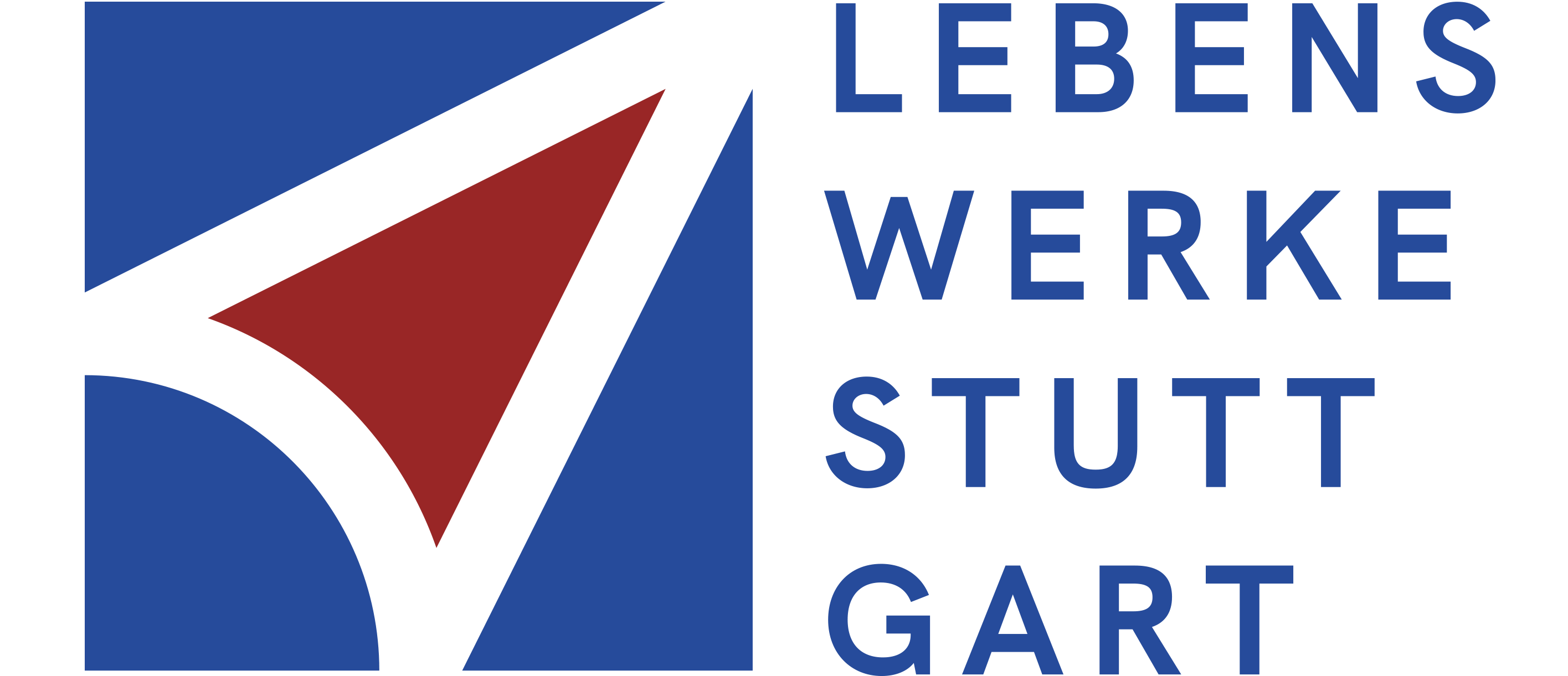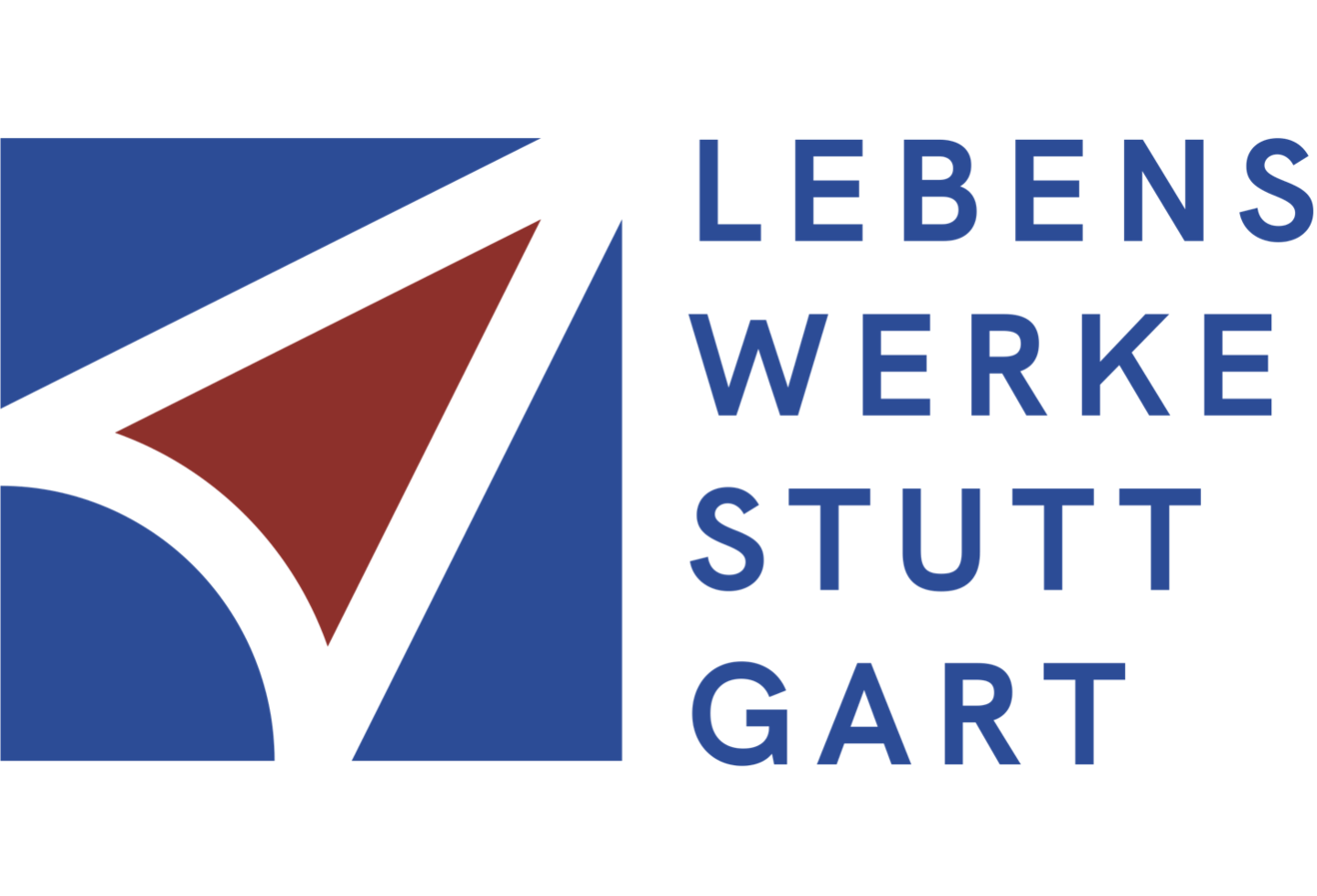Here you find the backgrounds:
- Who we are:
The Lebenswerke GmbH Stuttgart advises and supports individuals, municipalities, associations, organizations, and companies. The team brings experience from administration, politics, civil society, and business (“Quadrolog”) into various processes, both in community and urban development as well as in change management or in building an organization or startup. Often, these processes involve coaching individuals and teams. The “Lebenswerke Network” thrives on diverse expertise, with the aim of promoting democracy education and fostering an inner attitude of “empowerment.” We see ourselves as a “learning system” with active exchange in mindfulness and respect, aiming for participation for as many people as possible within a globally sustainable context.
One of the formats for participation is: Complaining-Spinning-Creating.
- „Schimpfen, Spinnen, Schaffen“ – „Complaining, Spinning, Creating“
Citizen Participation Needs a Framework, an Idea, Strength, Motivation, Perspective, Trust and Confidence, and a Certain Attitude.
How can this succeed in today’s diverse challenges of our society?
Over the past decades, the following developments in community and urban development processes and their resulting approaches have emerged:
- Community work, starting with workers’ districts, neighborhood associations, and neighborhood work in “aging” neighborhoods
- Strengthening participation opportunities at the municipal level, such as citizen committees, district councils, or specialized advisory boards (senior councils, disability advisory boards, integration councils, etc.)
- Social City initiatives, beginning with national and European funding programs to combat “deteriorating” neighborhoods (due to crime, deprivation, lack of opportunities)
- Integrated urban development, starting with the Leipzig Charter 2007, promoting cooperation among all city departments, citizen participation, and collaboration with individual and private investors
- Social space work, decentralizing social welfare and service structures, e.g., in youth services and job agencies
- Neighborhood work as a response to overarching changes such as demographic shifts, democracy education, climate issues, immigration, and challenges in schools, education, and care (educational landscapes)
“Complaining-Spinning-Creating” is a format rooted in community work, which we understand as a guiding principle:
Here is a short film capturing this approach: :
The method is based on “Empowerment,” where responsible persons and initiators clearly state their expectations at the beginning (expectation management).
This creates a space for people to engage in conversation. The discussions focus on questions that are of interest and importance to the participants. The method is structured and, in our case, takes place in a roundtable setting. The discussion round lasts about 40 plus 5 minutes. The atmosphere should be informal, around a table seating 6-8 people. Depending on wishes and possibilities, up to three rounds can be held, preferably with changing participants. The moderators should remain at the table throughout.
The process begins with an explanation of the planned procedure. Participants can contribute through conversations, drawings, or notes and share their opinions. The topics relate to city society. Beverages and small snacks are available, similar to a café. Soft background music can promote communication and reduce the feeling of forced togetherness. Each session focuses on one of the pre-selected themes.
Documentation and securing results are part of the process, with one person at the table responsible for this. The atmosphere at the tables should be open, clear, and friendly.
They ensure everyone feels comfortable and well cared for. First, allow a certain time for “complaining,” then move on to “spinning.”
“Complaining-Spinning-Creating” thrives on idea generation and discussions. The central results are recorded as “creating” in an action plan. The goal is: after the discussions, concrete actions should follow. Responsible “caretakers” for the next steps are to be chosen. Participants can include:
- Decision-makers from politics,
- Citizens, representatives of interest groups, and other “experts,”
- Business representatives, and
- Administrative staff (“Quadrolog”).
It is important that the mayor or the chief mayor shows presence and interest.
After this reflection, further steps can be outlined in a timeline. An “Engagement Steering Group” of “caretakers” can be formed, which in turn can work on specific projects within a “Participation or Focus Group.” An update of the projects should take place at the latest after one year. Parallel efforts include social media, short videos, professional photos, an online platform for knowledge management and exchange, and a constantly updated “toolbox” to ensure transparency, joy, and success.
- „Fishbowl“
The Fishbowl (also known as the Inner/Outer Circle Method) is a discussion technique used in large groups. Its name comes from the seating arrangement: participants sit in a circle around a “goldfish bowl,” which can be just one circle or multiple circles.
How a Fishbowl works:
In this method, a small group of participants sits in the inner circle (inside the “fishbowl”) and discusses the topic, while the rest of the participants sit in an outer circle and observe the discussion.
If someone from the outer circle wants to contribute, there are different ways to do so:
- Guest Chair Method: There is a free chair in the inner circle. A participant from the outer circle can take this seat to join the discussion until they have said everything they want or until another person from the outer circle wants to join. This also allows someone from outside to enable participation in the inner circle.
- Knocking Method: Participants from the outer circle can “knock” on a member of the inner circle. The person inside then finishes their sentence and makes space for the newcomer from the outer circle. This approach requires social awareness and attentiveness from all participants, as everyone helps manage the flow.
Often, a moderator supports the process, and the inner circle’s work can be discussed with the entire group at the end.
Rules of the Fishbowl:
- The free chair can be occupied by anyone until they have contributed or someone else wants to speak.
- Participants in the inner circle can leave the circle at any time.
- Side conversations should be avoided to keep focus.
Advantages compared to plenary discussions:
- Like panel discussions, the Fishbowl keeps the group manageable because only a small number of participants discuss at once.
- Topics become more focused and condensed.
- A key benefit is that members who might not usually get a chance to speak in a large group can join the inner circle at any time to share their opinions and actively participate.
- The seating arrangement fosters a sense of identification with the topic.
- If someone no longer wants to actively participate, they can simply listen from outside, keeping the discussion lively and less prone to deadlocks.
- The method offers more balanced opportunities for participants with different levels of confidence to share their ideas.
- Power dynamics become visible through the process of switching places.
- The inner circle also reflects group dynamics: topics discussed in the outer circle are “intuitively” addressed in the inner circle, even if no one from the outer circle joins.
Overall, we’ve had very positive experiences with this method.
Martin Müller
CEO, Lebenswerke GmbH


